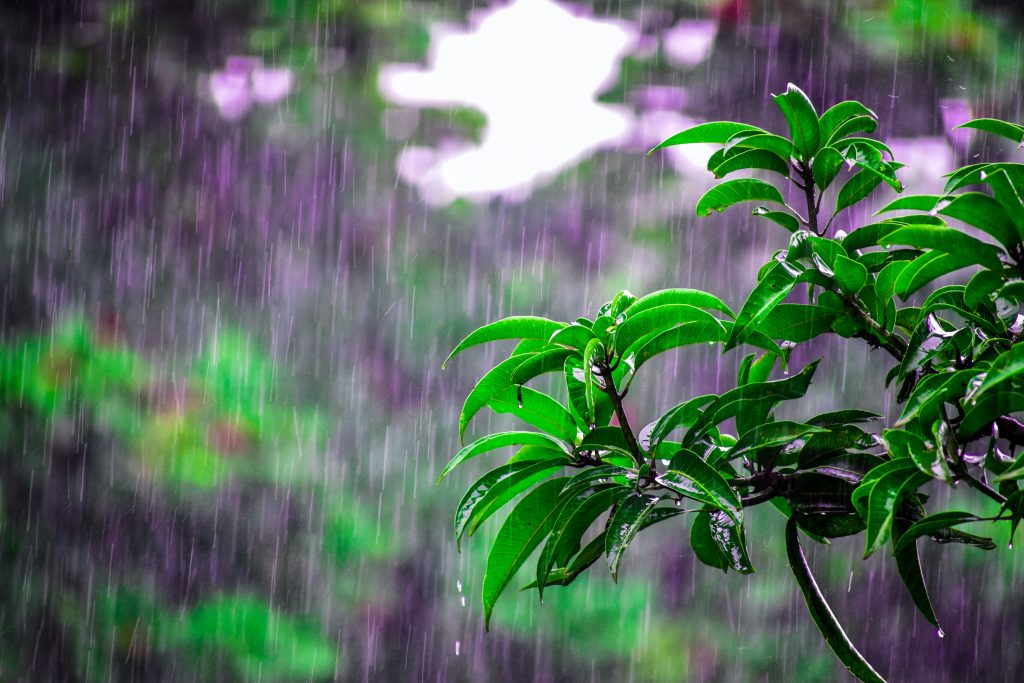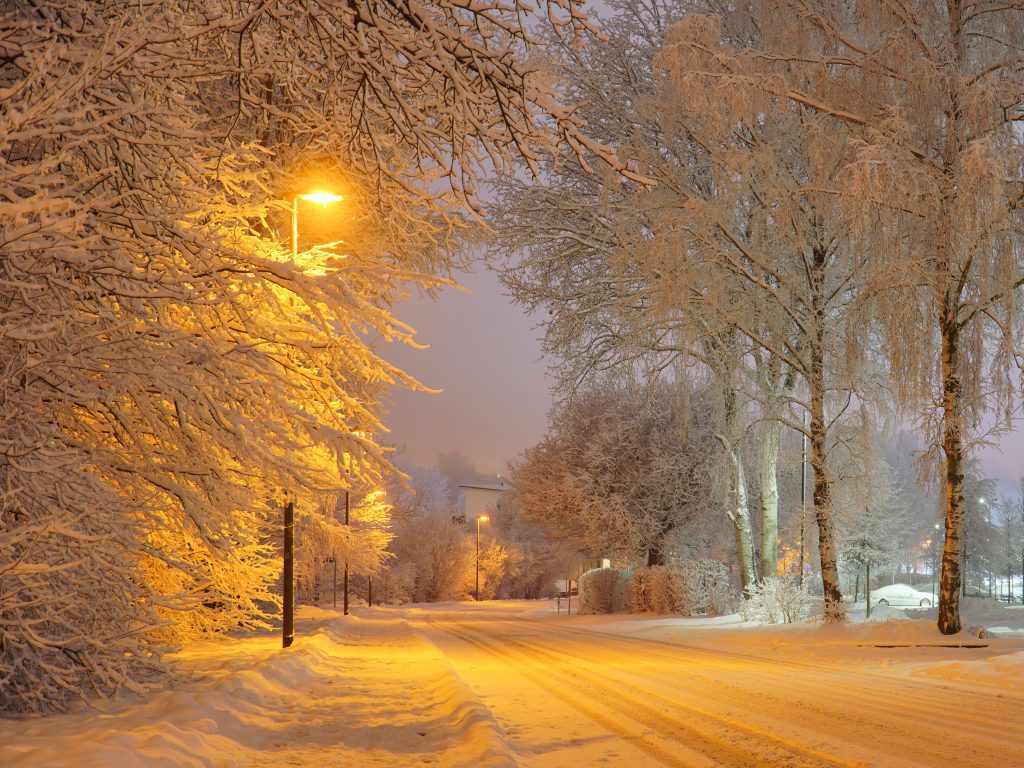The atmosphere is a blanket around the Earth which is composed of gases, water vapour and dust particles. Out of these elements, water is present in all three forms - solid, liquid and gas. It keeps converting among these forms due to the processes of condensation and evaporation. Let’s have a look at these processes and also how water influences landscape.
Evaporation and Condensation:
Evaporation occurs due to loss of heat in water. The temperature at which water turns to vapour is termed as the latent heat of vaporization. Evaporation increases with increase in temperature, hence they are directly proportional.
Condensation is the conversion of water vapour into water. It is opposite to evaporation and occurs with a loss of heat. It also takes place when moist air comes in contact with a colder surface.
Features Formed as a Result of Evaporation and Condensation:
Dew, Frost, Fog & Mist, Clouds
Dew: It is formed when the moisture is deposited in the form of water droplets on the surfaces of cooler objects. Usually dew is formed on grass blades, stones, etc. Clear sky, calm air, high relative humidity and cold, long nights help in dew formation.
Frost: The condensation of water vapour to tiny ice crystals on coming in contact with the cold surfaces is termed as frost. The conditions for frost formation are similar to formation of dew except frost forms when air temperature is at or below freezing point.


Fog & Mist: These are formed when air masses of varying temperature mix together and the water vapour condenses around the dust particles present in the air. Fog is more like a cloud very near to the surface of the earth. Unlike, dew and frost, fog & mist do not come in contact with the surface of the Earth. Mist is formed in valleys of mountains and fog is formed over plains. When smoke from industrial factories mic with for, it is called smog.
Clouds: Based on the expanse, height and shape, clouds are classified as:
- Cirrus: Present at greatest height (8,000 - 12,000m), cirrus clouds are thin, detached, feather-like clouds.
- Cumulus: These have a flat base and look like cotton candy. They are formed at a height of 4,000 - 7,000m.
- Stratus: As the name suggests, these are formed in “strata” i.e. layers covering almost all the sky.
- Nimbus: The dark, grey clouds which usually precipitate as rain are called nimbus clouds. They look very dominating and allow no sunshine to pass through them. Having no shape, they seem to almost touch the ground.
Precipitation:
Apart from the above two processes, precipitation occurs when the air cannot hold any more vapour and comes down as rain or snowfall.


Types of Rainfall:
Depending on the source of origin, rainfall is classified as:
- Convectional Rainfall: This kind of rain doesn’t last long as it occurs due to continuous evaporation during the day or number of days when the weather is warm and the hot air which moves to the upper layers of the atmosphere condenses and comes down as rain.
- Orographic or Relief Rainfall: When hot air tries to move past high mountains most of the hot air condenses on coming in contact with cool ice caps and precipitates as rain on the windward side of the mountain. The air which is able to move past the mountain has already shed its moisture and turned dry. Hence, the leeward side of the mountains hardly receives any rainfall.
- Cyclonic Rainfall: When hot air mass moves towards a cold air mass over a water body such as oceans, rivers, etc, the pressure gradient force deflects the two and due to difference in temperature, rapid precipitation in the form of a cyclone occurs. This type of violent, destructive rainfall is termed as Cyclonic Rainfall or Cyclones.


How is water important for us?
From reading the above mentioned information, it is obvious to wonder about the role of human beings in it. Water present in atmosphere is as important to us as water present on the Earth's surface in the form of water bodies. Through these processes only water on earth came into existence. Precipitation in any form helps regulate the temperature of any place. Humidity is important in the growth of flora and fauna. As humans we must try to not pollute our water resources and preserve them.






